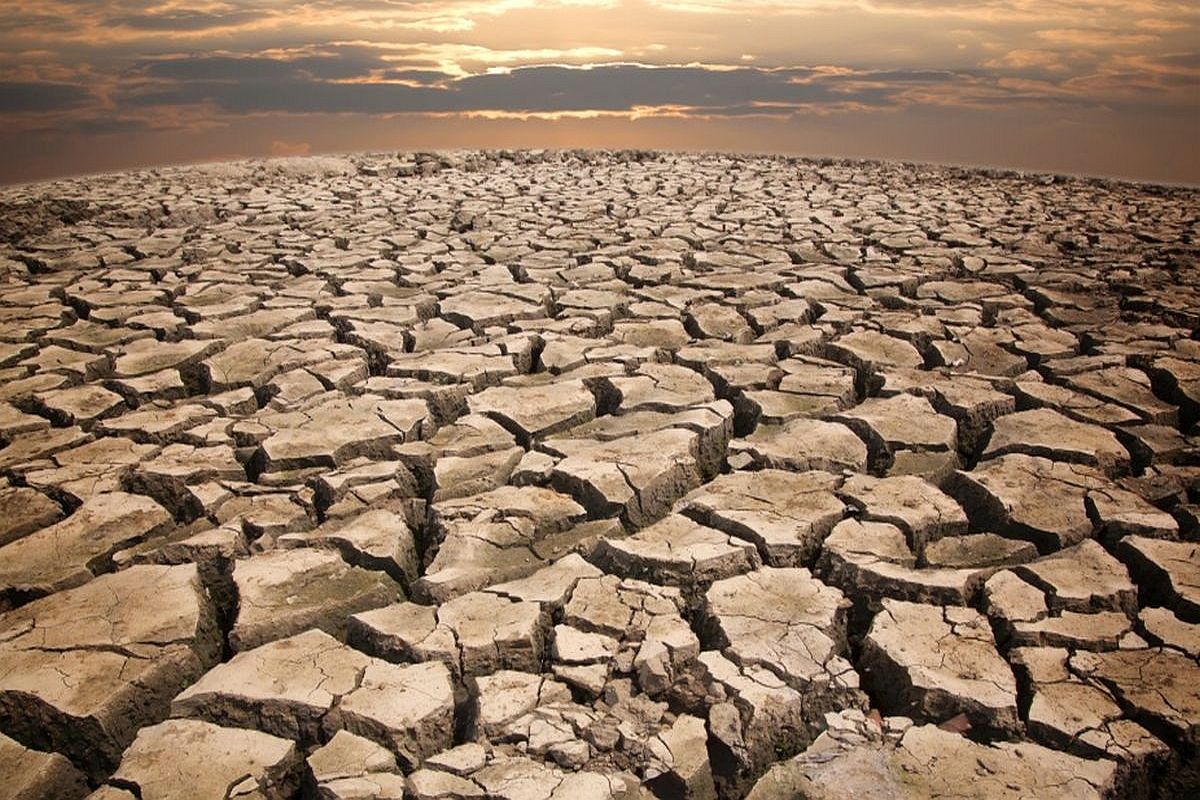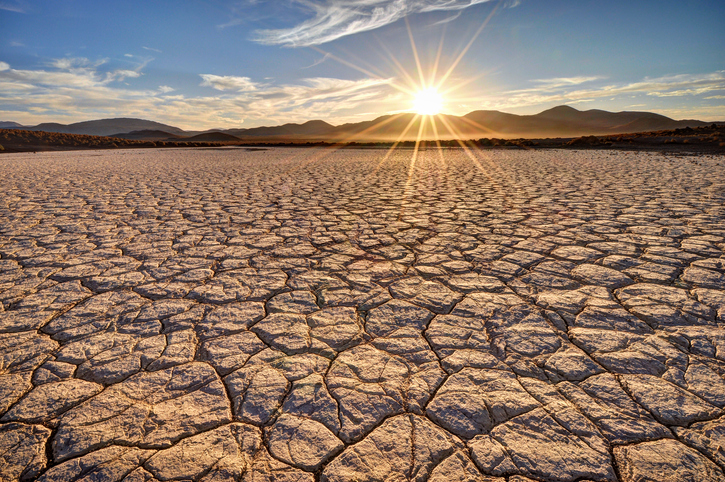In recent years, climate change has been a hot topic. Climate change is affecting us in many ways as temperatures rise. The increased frequency of droughts is one of the biggest effects of climate change. It can impact the economy and the environment in a big way. We will examine the link between climate change, and droughts in this article.
Understanding Climate Change
Climate change is an alteration in the weather patterns on Earth over a long period. The human-induced emission of greenhouse gases, like carbon dioxide, is the main cause. The gases trap heat and act like a blanket. Temperatures rise, weather patterns change, and the climate changes.
Frequency of Droughts

Droughts can be defined as periods of unusually dry weather. They are characterized by a lack of moisture that is damaging to livestock and crops. Climate change is causing droughts to become more intense and frequent. Higher temperatures cause more evaporation which leads to less rain and dryer conditions. In addition, high temperatures can increase water vapor levels in the air, which may lead to more extreme weather conditions such as droughts.
Climate change and the increased frequency of droughts can be devastating to both the environment and the economy. Food shortages and price increases are caused by the damage to crops. The livestock is also affected, resulting in a decrease in production and increased costs to consumers. Droughts can also lead to water shortages. This can be a serious problem for communities and businesses that depend on water.
Climate change and drought frequency are linked. The frequency and severity of droughts are likely to increase as temperatures rise. This will have serious implications for both the economy and the environment. Climate change is a serious issue and we must take steps to limit its effects.
A drought is a period when there is little or no rain or snowfall over several weeks or even months. The droughts are getting more severe, frequent, and longer lasting. This is causing a rise in climate refugees, as well as food insecurity. Climate change is a clear link between droughts and climate change. The effects of climate change intensify the difficulties associated with droughts.
Past evidence suggests that drought and global temperatures are related.
Higher temperatures can lead to more evaporation and drier weather, causing greater damage. A stunning heatwave that swept across the west of the United States in the summer of 2018 caused the driest weather conditions for decades. The dryness can last for many months and affect the crops’ growth, municipal water supplies, and the ability to fight a fire.
Climate change has a significant impact on droughts. Human activities such as the burning of fossil fuels or deforestation have led to a steady increase in carbon dioxide and greenhouse gases that trap heat and warm up the atmosphere. They act like a “blanket”, trapping heat and warming the land and ocean surface. The trapped heat, and the warmer temperatures they cause, interfere with weather patterns and lead to increased evaporation.
Climate change, in addition to its apparent link with droughts, can also intensify the severity of those droughts. This is because it alters the weather conditions locally and creates conditions conducive to drought. As temperatures rise, water vaporizes more quickly into the air, intensifying drought. The warmer temperatures make it more difficult for the soil and vegetation to store and capture moisture. This further intensifies dry conditions.
Climate change has a major impact on the number and severity of global droughts, as well as the problems associated with them. The pattern of droughts that are more frequent and intense will continue as temperatures rise. This hurts all aspects of human life, including food security, economic stability, and health. We must all be more innovative in our efforts to combat climate change and reduce greenhouse gas emissions.












